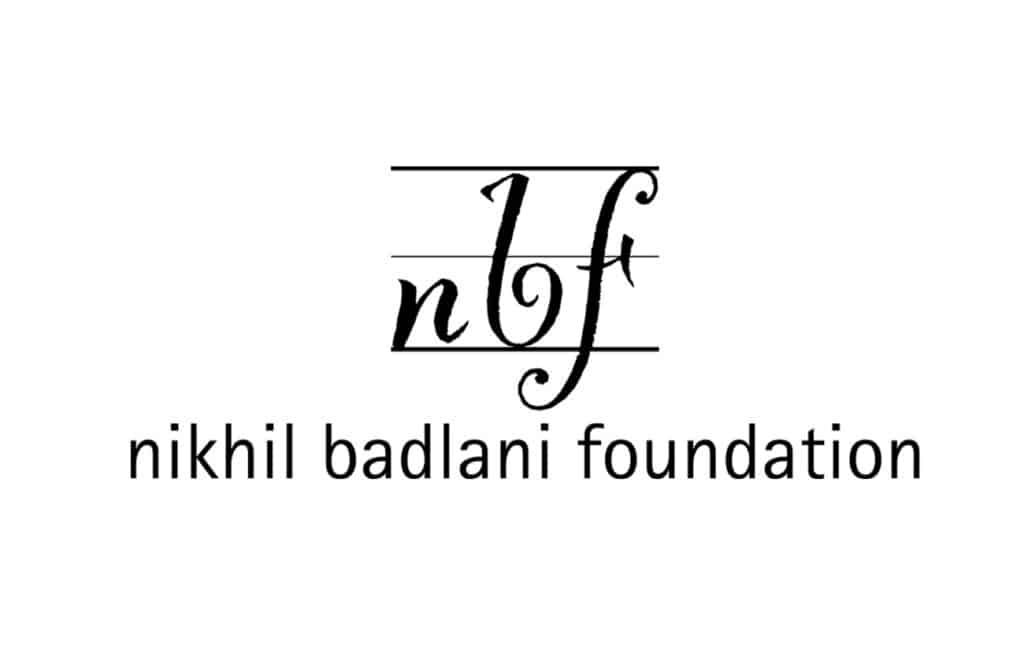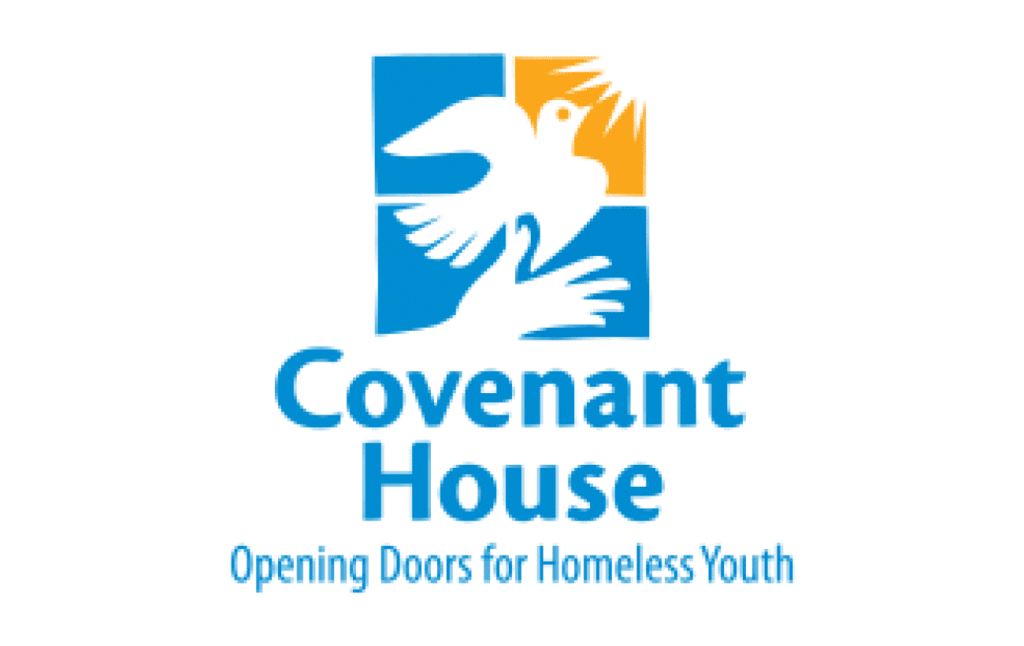For years, Ad Ops teams have lived in reaction mode. The inbox pings, an IO changes, a tag breaks – and suddenly the day’s schedule is gone. The job has been defined by urgency: solving problems faster than they appear.
But as automation matures and data becomes more connected, a quiet shift is happening. Ad Ops is moving from the front line of firefighting to the front edge of forecasting – from reacting to what’s broken to anticipating what’s next.
The Cost of Constant Reaction
The reason Ad Ops lives in constant motion isn’t a lack of discipline – it’s the nature of the process itself. Manual handoffs, disconnected systems, and real-time changes make it almost impossible to plan ahead. Every fix is urgent, and every urgent fix pushes strategy further down the list.
When the process itself creates delay, even the best people spend their time managing the workflow instead of improving it. That’s the cycle purpose-built automation was built to break.
When process friction becomes part of the culture, it drains both performance and people. Missed deadlines ripple downstream into billing delays, client renewals, and margin pressure. Over time, firefighting stops feeling heroic – it just becomes expected.
Automation as an Enabler, Not a Replacement
Early automation conversations made some teams nervous – the idea that technology might replace human expertise. In practice, it’s done the opposite.
Automation removes the repetitive, time-sensitive steps that keep Ad Ops locked in maintenance mode. It doesn’t replace the work; it removes the work that keeps people from doing their best thinking.
With connected platforms like Upward, trafficking and reconciliation happen in the background. Workflows route automatically. Teams gain time back – not to do less, but to do more of what matters: ensuring accuracy, shaping campaign strategy, and collaborating earlier in the sales and client success cycle.
One global publisher discovered that nearly 40% of its Ad Ops time went toward reconciling campaign data across systems. After automating approvals and QA checks through Upward, the team cut manual touches by half – freeing time for proactive analysis and direct collaboration with account teams.
From Execution to Insight
Modern Ad Ops is becoming a source of intelligence. With clean data flowing across systems, the team closest to campaign delivery now has the clearest view of what drives performance. With consistent campaign pacing and clearer visibility into inventory and delivery patterns, Ad Ops can identify early warning signs: formats that underdeliver, clients that require extra QA time, or workflows that consistently create bottlenecks.
This kind of visibility transforms Ad Ops from a reporting function into a predictive partner, using operational intelligence to keep performance steady and clients confident. Instead of waiting for post-campaign reports, revenue and client-success leaders can partner with Ad Ops to anticipate bottlenecks, adjust capacity, and plan smarter for upcoming quarters.
The same automation that accelerates execution also sharpens foresight.
Rebuilding Trust Through Predictability
Advertisers measure partners by reliability. Every makegood, delay, or missed flight undermines confidence – not just in the workflow, but in the partnership itself. Purpose-built automation minimizes those moments by standardizing the path from IO to invoice.
Tasks complete in sequence, approvals move instantly, and visibility keeps every stakeholder aligned. Predictability becomes the new performance metric – and Ad Ops becomes the benchmark of dependability across the organization.
Predictability not only serves clients; it strengthens collaboration across the business. Sales gains confidence in inventory commitments. Finance benefits from cleaner billing data. IT sees fewer last-minute requests. Purpose-built automation brings alignment that ripples far beyond the Ad Ops floor.
The Human Shift Behind the Process
This transformation isn’t only about better systems; it’s about better work. The firefighting model rewarded endurance – who could juggle the most tasks, stay calm under pressure, and still meet every deadline.
The forecasting model rewards perspective – who can connect insights, anticipate challenges, and shape smarter workflows before problems arise.
That change unlocks opportunity. When Ad Ops professionals are freed from reactivity, they step into new roles: advising on pricing strategy, optimizing performance data, influencing revenue forecasts, and driving cross-team collaboration.
As automation streamlines execution, Ad Ops becomes a training ground for leadership. The same managers who spent their time troubleshooting can now design processes, guide adoption, and influence revenue strategy. Forward-looking organizations are even redefining titles – from Campaign Managers to Workflow Architects and Revenue Operations Strategists.
What Comes Next
The next evolution of Ad Ops won’t be defined by the tools teams use, but by how they use them. Purpose-built automation creates the foundation; people create the value. The strongest teams use connected data to anticipate needs, refine strategy, and make precision a daily habit.
Because when Ad Ops stops firefighting and starts forecasting, the entire business moves faster.
Ready to move from firefighting to forecasting?
See how Upward helps Ad Ops teams turn automation into a strategic advantage.








